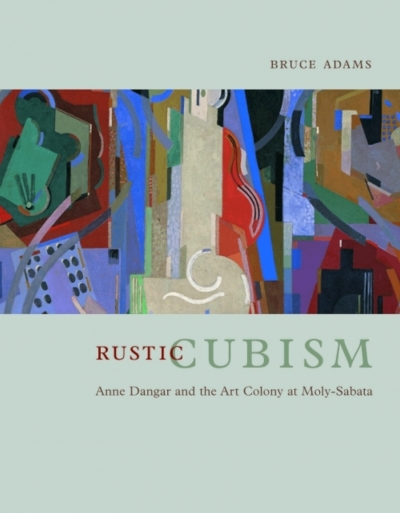University of Chicago Press
The American Enemy: The history of French anti-Americanism by Philippe Roger
by Colin Nettelbeck •
J.M. Coetzee And The Ethics Of Reading: Literature in the event by Derek Attridge
by Sue Thomas •
Rustic cubism: Anne Dangar and the art colony at Moly-Sabata by Bruce Adams
by Penny Webb •
Threads of Life: Autobiography and the will by Richard Freadman
by David McCooey •
Ancestral Connections: Art and an Aboriginal system of knowledge by Howard Morphy
by Tim Rowse •






